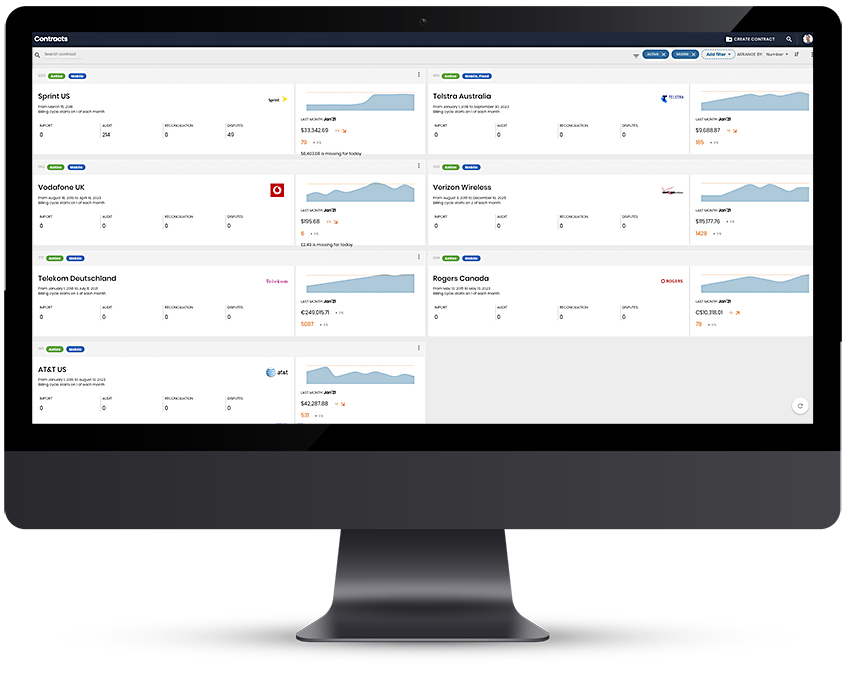Introduction to enterprise mobile management
Mobile device management allows an organization to track and manage their mobile devices, such as smartphones, tablet computers and laptops. Many companies rely on one or more MDMs for the administration of their devices. Mobile device management packs the power to drive a business to a competitive advantage.
Enterprise mobility management takes it a step further and leverages technologies like web apps, mobile, management software, and the cloud to build a core, organization-wide IT infrastructure. With that said, threats and mismanagement can quickly derail an EMM initiative before it can deliver benefits. Here’s a look at the top challenges of enterprise mobility – and how you can address them to thrive in a rapidly evolving mobile landscape.
Key mobile challenges
- Fragmentation: Companies that enforce a BYOD (bring your own device) policy are inundated with an increasing number of devices and personal applications. Put simply, they’ve to account for the growing diversity in BYOD, while simultaneously fulfilling the expectations of users. When users have unfettered control and access, it becomes difficult for IT to implement a consistent standard for user experience and support. As a resolution, an organization’s BYOD policy should specify what could be done with the device relative to the corporate information and applications. Ideally, it should be a continuous protocol based on user activity and scenario – not on the device type.
- Integration: For mobile expense management to be a success, all systems need to be interconnected to share critical data. Complexities in integrating mobile devices with enterprise systems often result in the creation of information silos. Enterprises, therefore, require applications that interact with multiple business solutions to streamline workflows and processing across several areas of the business. In this regard, an enterprise could adopt a cloud meditation layer for facilitating data exchange across varying business apps and software. Cloud meditation layers allow several types of solutions to communicate with a centralized cloud. Such integrations can also help organizations to reduce network latency by queuing and caching essential data.
- Lifecycle Management: One of the biggest challenges of enterprise mobility pertains to the lifecycle management of apps and devices. Oversight of a broad mobility lifecycle could be detrimental, and it could leave an organization in a vulnerable state. When it comes to devices, companies should consider managing all lifecycles from maintaining to decommissioning to provisioning. Essentially, organizations should manage all phases from documentation to building and from optimizing to the end-of-life. To address this challenge of enterprise mobility, many enterprises are turning to lifecycle management software and gearing resources to balance all phases.
- Device Theft/Loss: Because enterprise mobility relies on the BYOD trend, an organization has as many devices as there is personnel (perhaps even more.) With the capacity of each device ranging from 64 to 128GB, imagine the amount of data that can be lost, hacked, or compromised if one of the devices gets lost, or stolen. Of course, some factors are out of the company’s control and it’s impossible to achieve 100% security against device theft. Even then, enterprises should introduce protocols for damage control in these situations. Deploying application and file management software is one way to minimize the damage and reclaim authority over compromised or lost data.
- Compliance: Keeping enterprise data safe on mobile devices isn’t just a recommended business practice; it’s a law. EMM initiatives aren’t exempt from industry regulations and compliance. Whether you’re dealing with regulations from GDPR or the HIPPA or PCI DSS compliance, you need to have some insight into where your information goes and who has access to it within and outside the enterprise. It can be challenging for an organization to map its data flows and keep track of its confidential information, especially when it manages hundreds of personal devices. One way to address this challenge is to ensure any device used to access data comply with the organization’s local laws and security policies.
Why a unified mobile approach matters
Due to its highly disruptive nature, enterprise mobility will always be associated with a number of challenging scenarios for business leaders to tackle, as well as difficulties with the complexities of implementation, development, and ongoing management of devices. However, there are a variety of EMM solutions and partners that can provide extensive support and expertise to companies that are looking to take their first step on the mobility ladder, as well as those who are close to truly becoming mobile-first.

Organizations need the ability to easily measure their mobile investments and understand the strategic value they provide. This visibility enables decision-making at the operational and executive levels. brightfin provides a unified view of your mobile environment on one platform with highly detailed mobile expenses, usage, and inventories. You’ll be able to easily understand the combined scope of your IT ecosystem with actionable analytics and reporting for admins, managers, and end-users. In the end, your entire organization gains visibility into mobile assets, expenses, and services.
Enterprise mobility lifecycle management
As the lifecycle of mobile devices continues to become more complex as organizations identify new mobile use cases. This complexity is compounded by the rising cost and high turnover of mobile equipment. Organizations need solutions in place to plan, procure, prepare, deploy, and manage their mobile environment.
brightfin’s lifecycle experts can help enable high volume, low friction delivery of mobile hardware to a variety of mobile roles. We provide simple, easy-to-use self-service portals right inside ServiceNow with workflows configurable to your rules and policies – new orders, upgrades, plan changes, and more.




